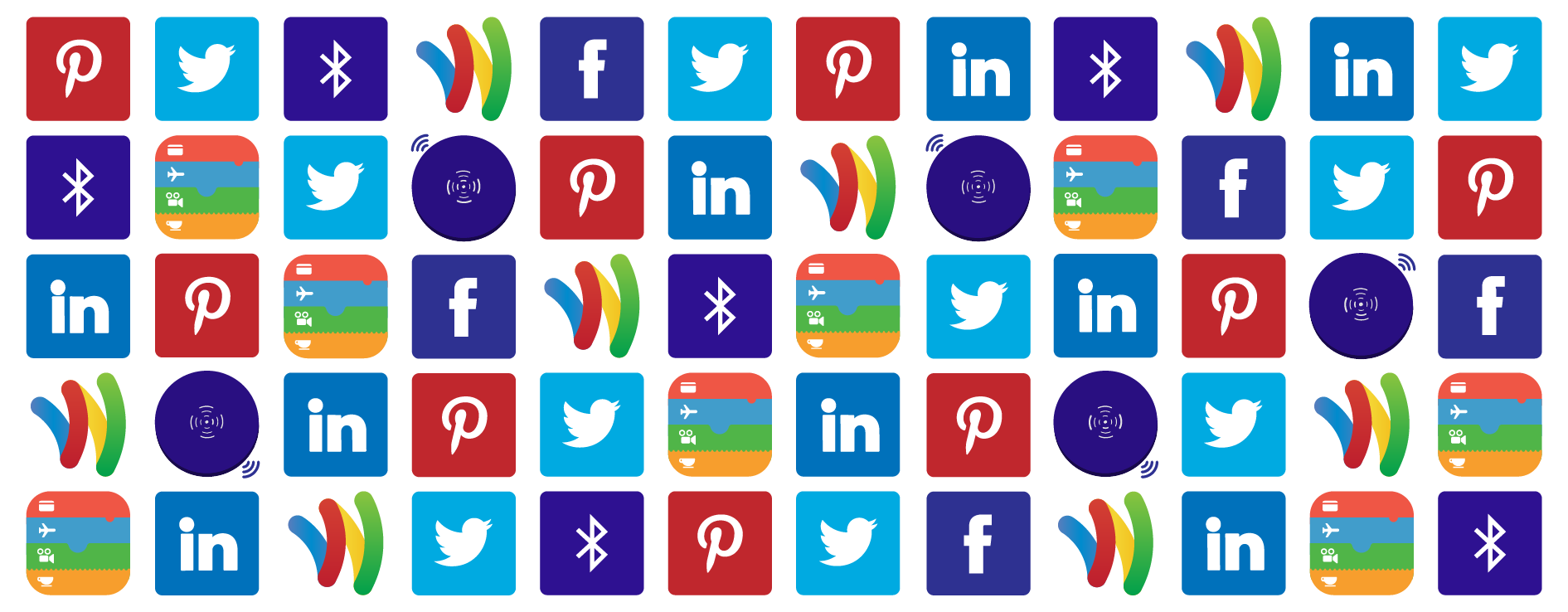In October 2014, the newspaper The Independent stated: “for the first time ever there are more gadgets in the world than there are people”. There are more than 7.2 billions of mobile devices in the world, which means that “mobile penetration has now risen above 100% in most developed markets, because many people have more than one live connection”. The acquisition of mobile devices such as smartphones and tablets are rapidly increasing per user, creating a bigger opportunity for brands to engage with their consumers.
It is important to have in mind that mobile isn’t only smartphones, so here are some important tips topics when creating a mobile strategy:
- Social media
Smartphones allow people to stay connected to the world and social media has been the fundamental driver of this connectivity. That is why social Apps are among the most installed, in the UK. According to App Annie’s: 4 out of 5 free downloaded Apps for iPhone users in the UK are social.
Social influence is also a gamification technique. Being part of a social community and the act of “shareability” allows driving engagement with other users using psychological influences, such as, acceptance, competitiveness, companionship or even desire.
There are many social Apps and tools that brands can use to interact with users. Since social is a personal contact, consumers feel more involved and are driven to a stronger relationship with brands, which increases the engagement and ultimately increases sales.
- Mobile Wallets
Mobile wallets are apps that allow to store cards, coupons, boarding passes, credit cards and much more in one single space. The most known mobile wallets are Apple’s Passbook and Google Wallet.
Passbook is a pre-installed app, which means that every person with an iPhone has automatically access to Passbook. Since 2013, Apple has already sold more than 200 million iPhones, this means that more than 200 million of consumers has direct access to Passbook (which will be rebranded as Wallet).
Google Wallet, on the other hand, is an App that has to be downloaded on the Google Play Store and is only available for the US market. Nevertheless, it has around 20 million users. Google Wallet is on the process of being rebranded as Android Pay and will be available globally which will allow to grow faster.
![]()
- Beacons
Beacons are small Bluetooth devices that act as a dynamic geo-mapping tool by emitting signals, and are currently a trend that keeps growing across industries.
Beacons empowers the brand’s App, because it allows to makes the content more dynamic and relevant since it is delivered according to the consumers’ location, without being to much intrusive for the consumers. This means, that a brand or retailer can send web links, discount promotions and notifications to the consumer, depending on its in-store location.
The hype around beacons is because they allow brands to create a richer, contextualized and personalized in-store consumer experience while getting to know better their customers.
For retailers or brands without Apps, Facebook just released their own beacons for retailers to use that integrates with Facebook App. This is an interesting solution for brands or small retailers without their own App because it takes advantage of Facebook and their social engagement since most users already allow Facebook App to send push notifications. In addition to this, Facebook links its own geo-located ads to the brand’s content, which minimizes the risk for brands.
Individually, each of the above tips explores mobile marketing as a channel to increase engagement with the consumer and to drive store traffic. Combined, the results are exponential, resulting in a much stronger mobile strategy to acquire, engage and retain customers.
